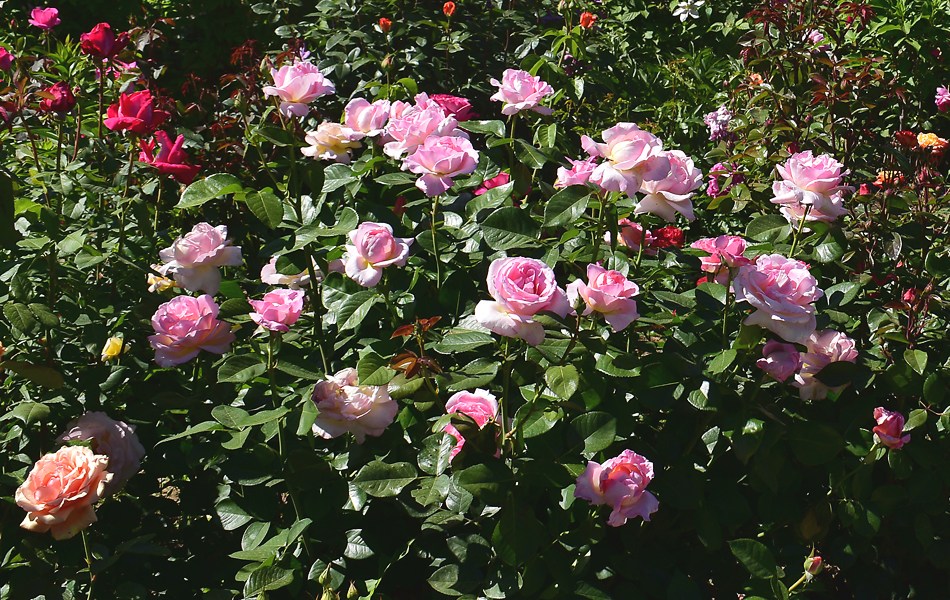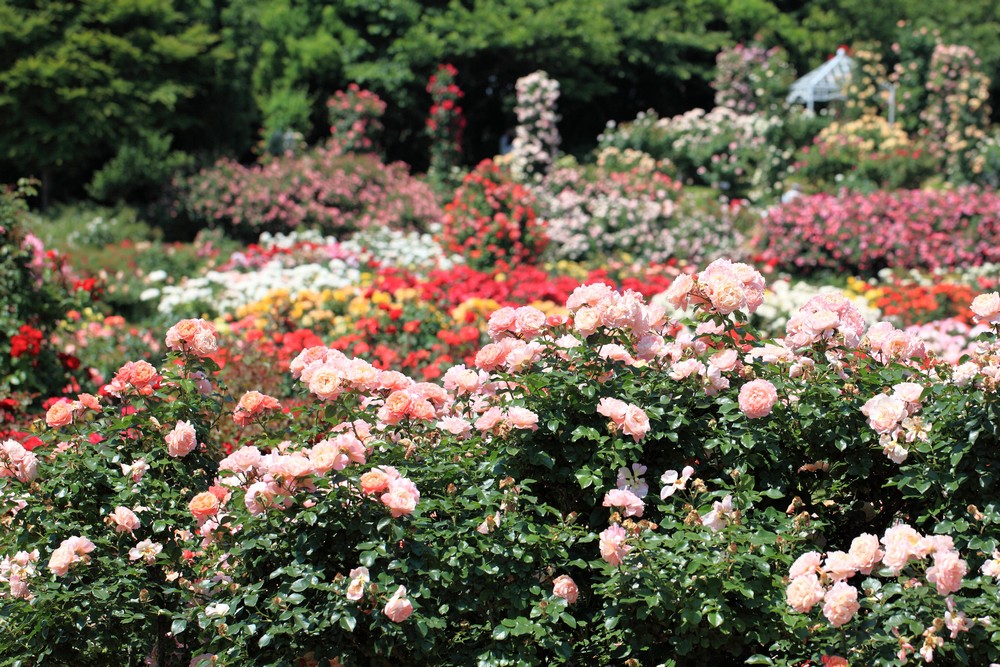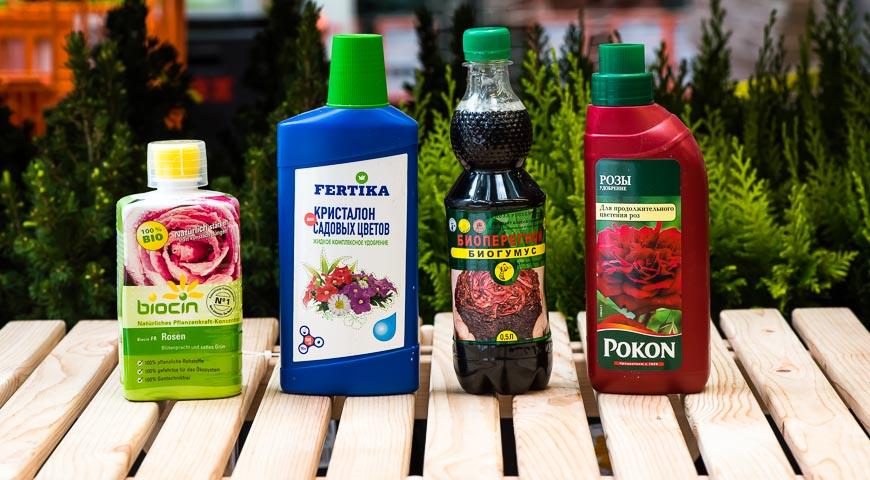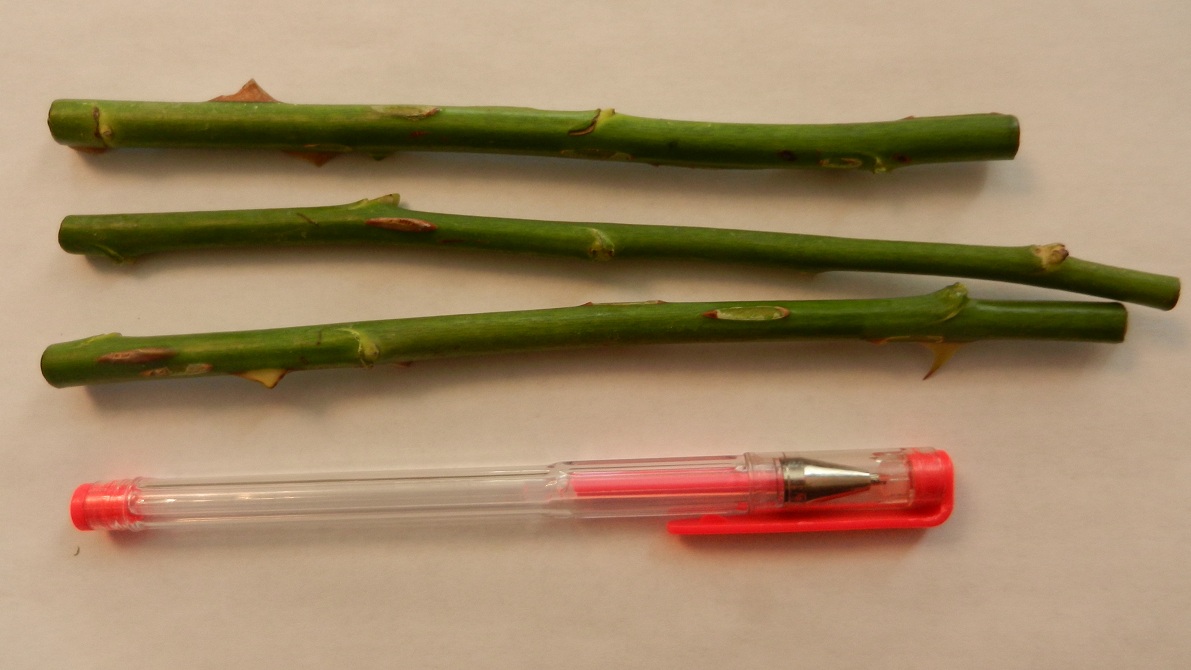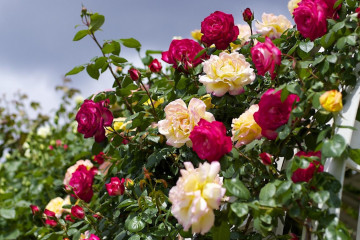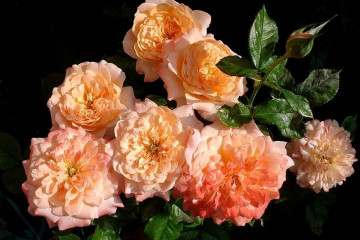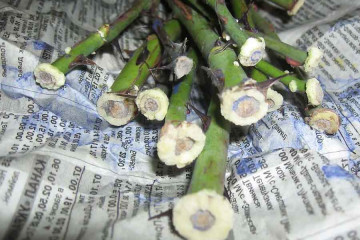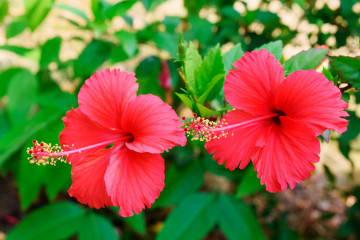Own-rooted roses - what are they, varieties
Content:
No wonder the rose is considered the queen of all flowers. It is a very beautiful plant with fragrant buds. When growing rose bushes, you need to immediately decide which species to plant - self-rooted or grafted. But before you do this, you need to figure out what self-rooted roses are.
What are own-rooted roses
Own-rooted roses are those rose bushes that were grown from cuttings. Even from the name you can guess, if you take it apart, you get "roots" and "own". That is, the cuttings form their own roots.
There are no specific varieties of rooted roses, since cuttings for growing such species can be taken from any hybrids of rose bushes.
How do rooted roses differ from grafted ones?
Own-rooted and grafted roses have one important difference. If self-rooted roses were grown from cuttings, it turns out that the shoots themselves formed the root system, which is why such bushes have this name. The grafted were grafted onto another plant (most often a rosehip). They do not form the root system themselves.
Many are interested in the question of which roses are better grafted or self-rooted roses. The difference between these two types is small. Own-rooted bushes have a number of advantages.
The pluses include:
- Frost resistant. Unlike grafted roses, if at least one bud remains alive in a self-rooted bush, then the probability that the bush will survive is very high.
- Despite the fact that such roses grow longer and bloom closer to 5 years of age, they live longer.
- Ease of growing. In order to grow roses from grafting, you need to have certain knowledge and experience. The vaccine often does not take root the first time, and the procedure has to be repeated. It is very easy to grow cuttings; specific knowledge is not required for this.
- The length of the root is no more than 50 cm, which means that you do not need to dig a deep hole. This is also important if the site has a close occurrence of groundwater. It is not advisable that the roots of the rose constantly grow in waterlogged soil.
- Do not form shoots. Very often, especially those grafted onto rose hips, plants form a lot of growth. It is difficult to get rid of it. In addition, the more the plant spends energy on its formation, the less it remains for the formation of buds. Accordingly, the flowering becomes not so abundant, and the blossoming flowers are small.
- They are resistant to most rose diseases.
- Such varieties do not need to be grafted.
Many gardeners claim that bushes grown from cuttings produce more buds. But this is a controversial point. As practice shows, in grafted and self-rooted bushes, the percentage of bud appearance is approximately the same.
How to care for a rooted rose
Caring for self-rooted roses is not much different from the rules for keeping other species of this plant.
After planting the cuttings in the ground, they need to provide maximum care so that the bushes take root in a new place as quickly as possible and transplanting does not become severe stress for them.
Description and basic rules for caring for rose bushes:
- Watering
Irrigation of the soil should be regular and abundant. Do not allow overdrying of the earth in the trunk circle.
This is especially true in summer, when the heat is constantly on the street. Watering is recommended in the evening when solar activity decreases. If watered during the day, burns will appear on the leaves.
Watering is allowed only with water heated in the sun. If you irrigate icy rose bushes, then there is a high probability that the flowers will get sick with fungal diseases.
- Weeding
You regularly need to loosen the soil and pull out the weeds. It is advisable to weed the soil before watering, so that the root system also receives oxygen along with the water.
- Fertilizers
In the first half of summer, the soil is fertilized twice a month. Nitrogen must be included in the top dressing. This will have a beneficial effect on the growth of the bushes.
In the second half, complex fertilizers should be applied, which will contain less nitrogen, but more potassium and phosphorus. This will help slow down the growth of the bushes. After all, the closer to autumn, the slower they must grow, otherwise in winter rose bushes may freeze.
In addition to mineral fertilizers, it is useful to introduce organic matter into the soil. For example, before planting cuttings, the soil can be mixed with rotted manure or wood ash. It is also useful to sprinkle the soil and the bushes themselves with wood ash once a month before watering.
Roses grown from cuttings begin to bloom towards the end of summer. Many gardeners are of the opinion that the buds should be cut off in the first year. This is necessary so that the plant spends all its strength and nutrients on the formation and strengthening of the root system.
Breeding methods for self-rooted roses
The most common and simple method for propagating this type of rose bushes is planting with green cuttings. Rooting shoots in this way is very simple. This does not require specific skills. The main thing is to know the nuances of such a landing.
It is best to choose varieties of varieties that are characterized by a fast rooting rate.
- Large-flowered and small-flowered varieties of climbing, semi-climbing and miniature varieties.
- Medium rooted remontant, floribund, tea hybrids.
For planting rooted bushes, it is recommended to choose spacious areas, since they grow very quickly.
Cutting of self-rooted roses is best done in early spring in April, immediately after the snow has melted and the soil has begun to warm up.
Preparatory stage for planting cuttings:
- Annual shoots are suitable for planting.
- They are cut to a length of 20-25 cm.
- All buds and lower leaves must be cut off immediately.
- Then the cuttings are placed in a solution of potassium permanganate. For greater effect, it is recommended to put them in a growth activator, for example, Kornevin or Epin, for several hours.
- After that, the lower side of the cutting is cut at an acute angle and left on the windowsill so that the twig dries from the water.
- The last stage is planting in the ground. You can use a universal soil mixture. During planting, cuttings are buried so that 2-3 buds remain in the ground, and the other 3 on the surface.
Cuttings can be planted in a peat pot and planted immediately outside. In this case, the above-ground part is covered with a glass jar so that the process of rooting takes place as actively as possible.
During the rooting process, it is imperative to monitor the moisture level. If there are water droplets in the jar, then the moisture level is normal.If they are not there, you need to remove the jar, sprinkle it from the inside and water the cutting. Raise the jar several times a week for 10 minutes to allow the soil to breathe.
After a few weeks, leaves will begin to appear on the handle, but the jar should not be removed until the young shoot is placed inside the jar. Also at this time, the rose begins to harden. In the evenings, the banks are removed, every day the time the roses stay in the open air increase.
After rooting is complete, the roses can be planted in a permanent place. To do this, you need to dig holes, fill the drainage mixed with the soil to the bottom and plant a bush. After planting, be sure to water the bushes with plenty of warm water.
Wintering rooted roses, features and useful tips
For the winter, rose bushes must be covered. The first thing to do before the onset of cold weather is to prune. You need to cut off all the tops and young weak branches. Then the roses need to be spud. In this case, the height of the embankment should not be less than 20 cm.
When the temperature approaches -10 degrees, the plants are additionally covered with agrofibre and laparot as densely as possible.
Growing a rose from your own roots is a simple and fun experience. This business does not require specific knowledge, and cuttings, as a rule, can be rooted even a beginner the first time.
